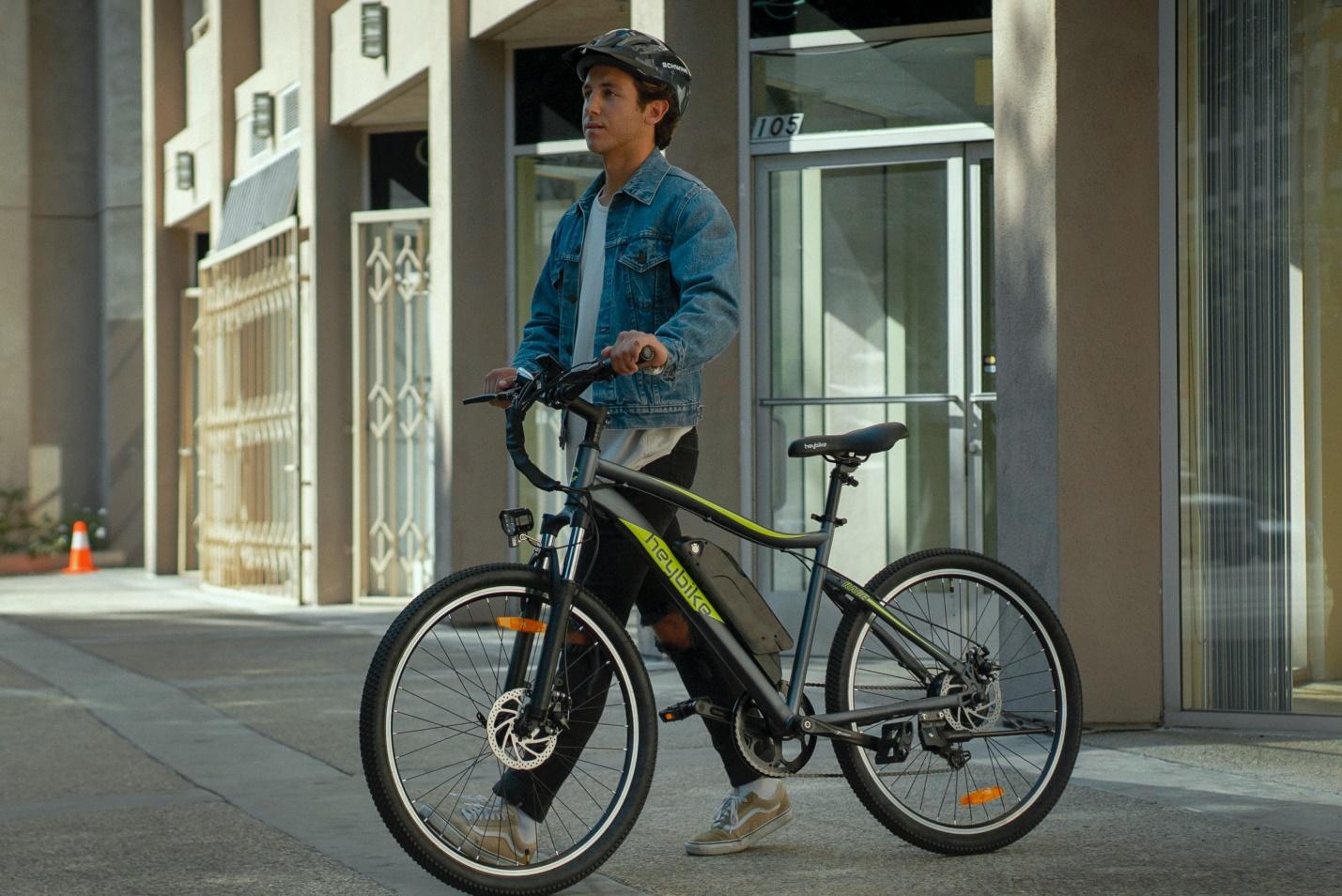It has become increasingly common for individuals to continue working well past the traditional retirement age. However, there persists a prevalent preference among employers for hiring younger workers, often perceiving them as a more cost-effective option. When an older employee is terminated to make way for a younger counterpart, it can give rise to claims of wrongful termination. This situation can profoundly impact workers of a certain age, who may have fewer employment prospects than their younger counterparts.
Despite legal provisions against age discrimination in the United States, many employees continue to grapple with the issue of ageism in the workplace. The ramifications of age discrimination extend beyond individual cases, potentially costing the U.S. economy a staggering $850 billion in 2018.
Experts even project this colossal figure could balloon to a staggering $3.9 trillion by 2050. Discriminatory hiring practices can cause employers to miss out on tapping into a pool of valuable, experienced talent. At the same time, employees subjected to ageism may experience heightened stress and a diminished sense of value within a hostile work environment.
Moreover, companies are expending significant financial and human resources in dealing with lawsuits and may suffer damage to their reputation. Age discrimination can manifest in various aspects of employment, including but not limited to:
- Hiring and Firing: Hiring or terminating employees based on age.
- Promotions and Demotions: Unequal opportunities for career advancement or demotions due to age.
- Training: Discrimination in providing training opportunities based on age.
- Pay and Benefits: Offering unequal compensation or benefits due to age.
- Harassment and Disrespectful Behavior: Subjecting older employees to harassment or disrespectful treatment based on age.
If you believe you have experienced age discrimination in the workplace, you must consider taking legal action by filing an age discrimination lawsuit. In the following sections, we will explore how you can identify instances of ageism and outline the steps involved in initiating an age discrimination lawsuit.
What Constitutes Age Discrimination?
Age discrimination refers to the unfair and unfavorable treatment of an applicant or employee based on their age. The Age Discrimination in Employment Act (ADEA) specifically prohibits age discrimination against individuals aged 40 or older. It’s important to note that this federal law does not extend protection to workers under 40. However, some states have enacted laws protecting younger workers from age-based discrimination.
Furthermore, it’s not considered unlawful for an employer or other covered entity to show a preference for an older worker over a younger one, even if both fall into the 40 or older age bracket. Age discrimination can manifest even when both the victim and the perpetrator of discrimination are over 40. The ADEA’s scope is comprehensive, encompassing all facets of employment, including but not limited to hiring, termination, compensation, job assignments, promotions, layoffs, training opportunities, benefits, and any other terms or conditions of employment.
In addition to overt discrimination, it is also illegal to subject an individual to harassment based on their age. Harassment in this context includes actions such as making offensive or derogatory remarks about a person’s age. It’s important to clarify that the law does not prohibit occasional light teasing, offhand comments, or isolated incidents that are not particularly severe.
However, harassment crosses the legal line when it becomes persistent or severe enough to create a hostile or offensive work environment or results in adverse employment actions, such as the victim being terminated or demoted.
Crucially, the source of harassment can vary and is not limited to just supervisors. It can be initiated by the victim’s immediate supervisor, a supervisor in another department, a coworker, or even someone not in an employer-employee relationship, such as a client or customer. Regardless of the source, age-based harassment is considered unlawful and subject to legal action under the ADEA.
Prohibited Actions under the ADEA
The Age Discrimination in Employment Act (ADEA) permits employers to give preference to older workers based on age, even if this preference adversely affects a worker aged 40 or older. However, ADEA protections extend to several crucial areas:
1. Advertisements and Job Notices:
The ADEA generally prohibits the inclusion of age preferences, limitations, or specifications in job notices or advertisements. Exceptions are made only in rare cases where age can be demonstrated as a “bona fide occupational qualification” (BFOQ) essential for the normal operation of the business.
2. Apprenticeship Programs:
Discrimination based on an individual’s age in apprenticeship programs, including joint labor-management apprenticeship programs, is generally unlawful. Age limitations in such programs are permissible only if they fall within certain exceptions outlined in the ADEA or if specific exemptions are granted by the Equal Employment Opportunity Commission (EEOC).
3. Pre-Employment Inquiries:
While the ADEA doesn’t explicitly prohibit employers from asking for an applicant’s age or date of birth, such inquiries may discourage older individuals from seeking employment and suggest potential age-based discrimination, contradicting the ADEA’s objectives. If age-related information is necessary for a legitimate purpose, it can be requested after hiring the employee.
4. Benefits:
The ADEA was amended by The Older Workers Benefit Protection Act of 1990 (OWBPA) to prevent companies from denying benefits to employees who are older. Congress recognized that certain benefits could be costlier for older workers, potentially disincentivizing their hiring. In some limited circumstances, employers may reduce specific benefits based on age, but only if the costs incurred for older workers are equal to or greater than those for younger workers. Employers can also coordinate retiree health benefit plans with eligibility for Medicare or similar state-sponsored health benefits.
Can You Take Legal Action Against Your Employer for Age Discrimination?
Ageism can be profoundly detrimental to individuals in the workforce, with far-reaching effects on their careers. While federal legislation only safeguards workers aged 40 and above, age discrimination can impact older and younger employees. Sometimes, employers operating under misguided stereotypes might wrongly assume that older workers lack flexibility and technological proficiency while stigmatizing younger individuals as less diligent and skilled.
Age discrimination can take various forms, including direct actions, such as promoting an older worker over a younger colleague with comparable qualifications. It can also manifest indirectly, as seen in the tech industry, where there’s a notorious preference for hiring younger individuals, often deeming those older than 35 unsuitable for the job. Recognizing signs of ageism in the workplace is crucial. These signs may include:
- Derogatory Comments and Harassment
- Promotions Limited to Advanced Degrees
- Demotions or Less Challenging Assignments
- Exclusion and Isolation
- Encouraging Retirement
- Heightened Performance Reviews
Final Word
Age discrimination in the workplace is a serious issue that can harm employees of all ages. Recognizing the signs and taking action when necessary is crucial to ensuring fair treatment in employment. If you face unlawful termination due to age discrimination, seeking legal counsel is a prudent step to protect your rights.
For expert guidance and representation in cases involving discreet termination due to age discrimination, contact The Bourassa Law Group. Their experienced legal team specializes in employment law matters and can provide the support and advocacy you need to pursue justice.




